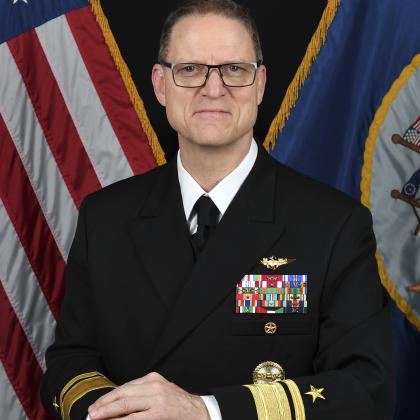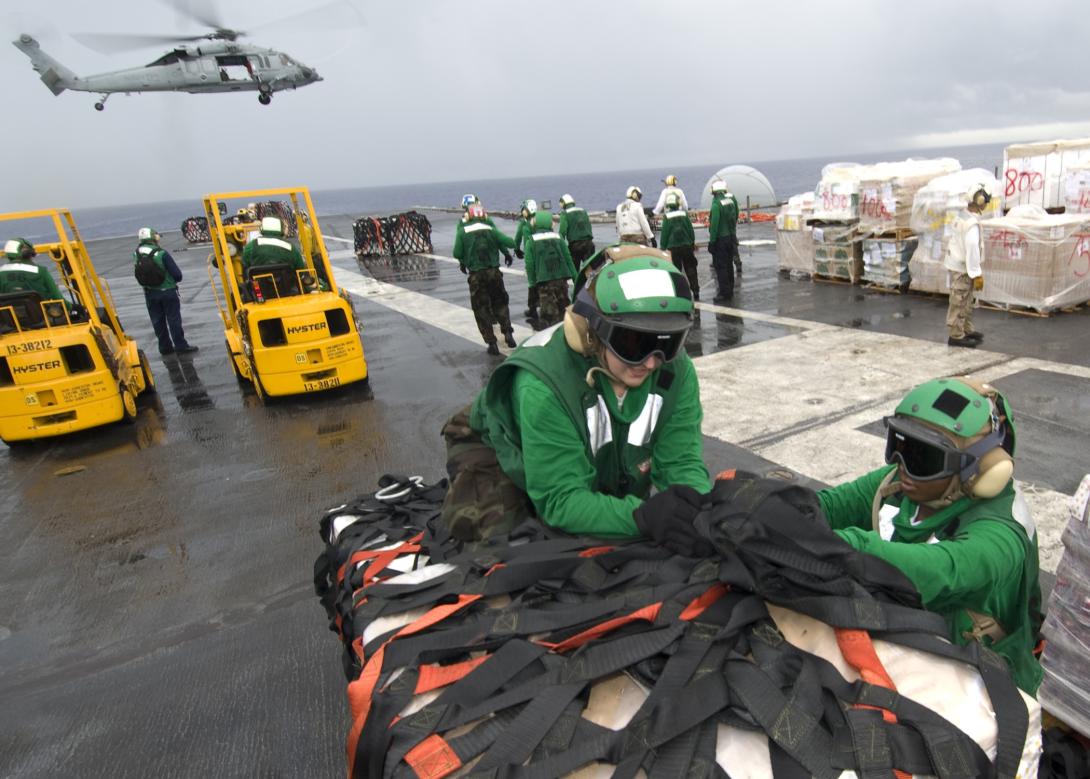Robots, the Navy's New Support Necessity
The U.S. Navy is testing unmanned vessels in a variety of roles, including logistics. While the rise of unmanned vehicles comes as an enhancement for the services, fewer mariners supporting operations mean that these autonomous vehicles arrive as a result of a growing necessity.
“This needs our nation’s focus: the people and the stuff, there’s no surprise—we hear this across the country, competitive pay and advancements in digital work-life balances, makes it hard to recruit a capable workforce, the services have the same challenge,” said Rear Adm. Michael Wettlaufer, commander of the Military Sealift Command.
The nation is investing $1.5 billion building five new vessels to train future mariners to staff the 178 ships under Adm. Wettlaufer’s Navy logistics command. Nevertheless, interest in this career is diminishing.
“We’re not doing a good job nationally of promoting what the opportunities are,” the admiral said on Tuesday at a Navy League Special Topic Breakfast.
As part of the modernization of all armed services, the Navy is testing a variety of unmanned vehicles, including those that could potentially be used in transport and support roles.
In November 2021, the USNS Apalachicola was christened with the future in mind. The ship will be under Adm. Wettlaufer’s command and is designed to operate in proximity to coastal areas thanks to its 15-foot draft. It can transport 600 tons of cargo over 1,200 nautical miles at an average speed of 35 knots and it’s especially prepared to quickly deploy tanks.
The USNS Apalachicola is the 13th ship in its class of fast catamarans, but its 12 sisters can’t do something it did: sail autonomously. It actually traveled autonomously from Mobile, Alabama, to Miami, doing it free of human intervention 85% of the time, according to a release by the U.S. Navy.
While Adm. Wettlaufer found this test very promising, he sees autonomy as a capability to streamline crews, not to eliminate them.
“For example, if a vessel is manned with 16 people, it leaves Norfolk, as it gets out to the ocean, the navigation crew gets on a helicopter back to land and seven people stay aboard … that’s where this is going, we’re not going to get unmanned immediately,” he told an audience of sailors and journalists.

We’re not going to get unmanned immediately.
The transition toward that new procedure is taking shape as policymakers and officers plan and predict.
“Discussions about incentivizing chief executive officers in industry to meet the needs of the department for the long term are taking place at the highest levels in the department,” noted Adm. Christopher W. Grady, vice chairman of the Joint Chiefs of Staff, during a keynote address on Tuesday at the National Defense Transportation Association-U.S. Transportation Command fall meeting in St. Louis.
Adm. Grady shared concern with Adm. Wettlaufer on how to recruit and train the right people to serve in support roles along the Navy’s supply chain.





Comments